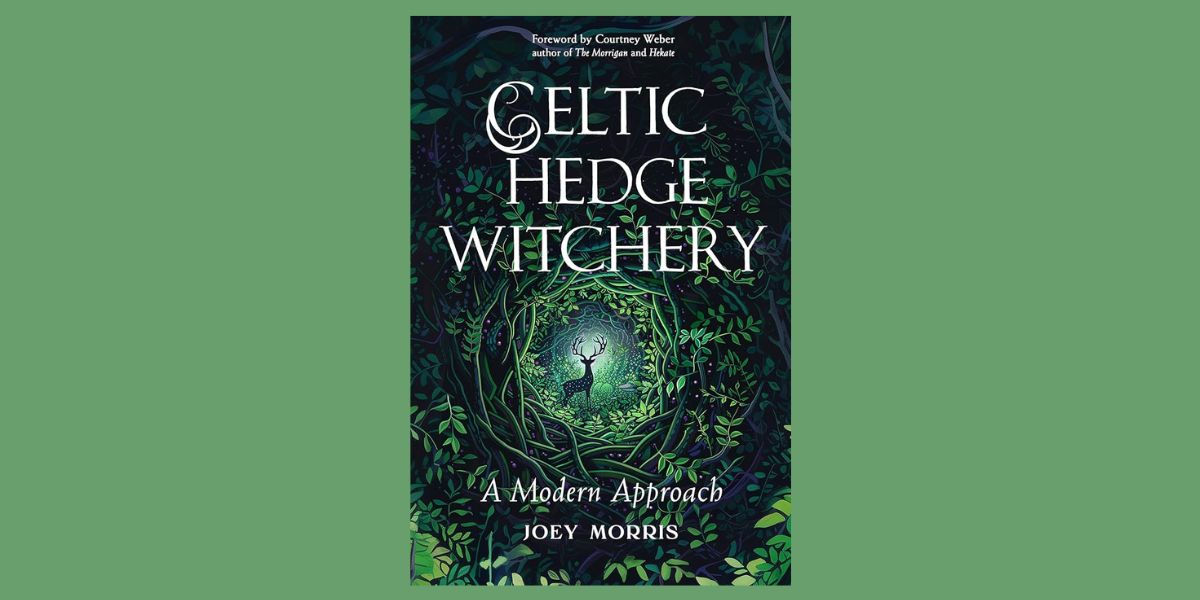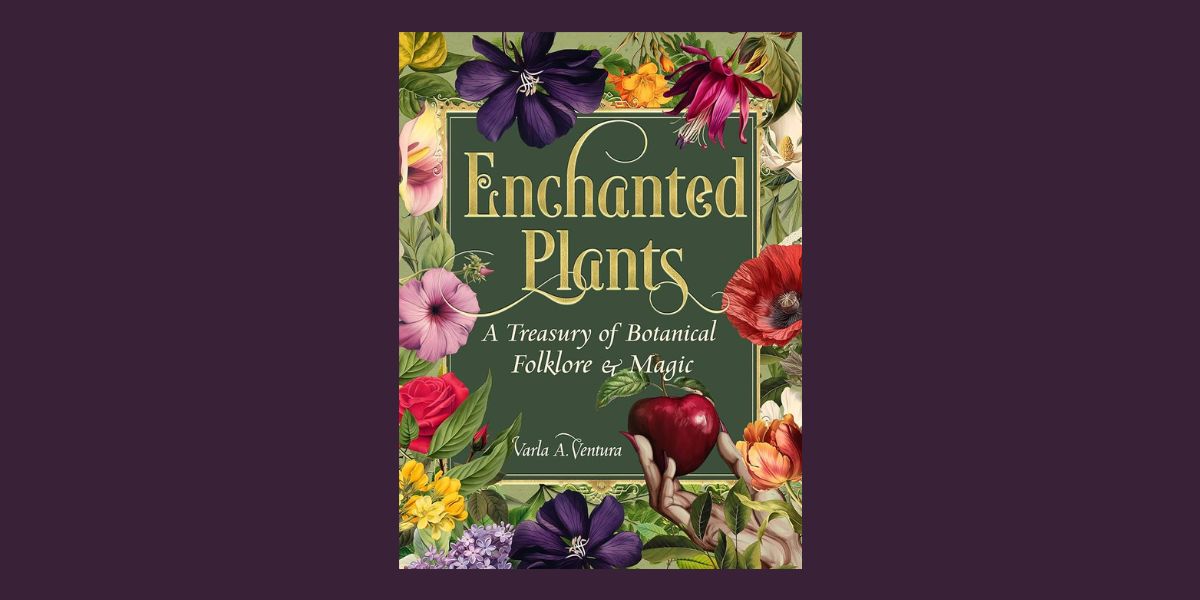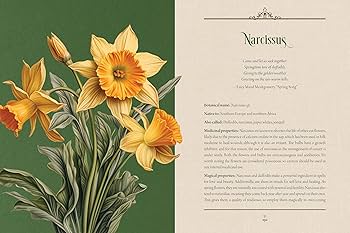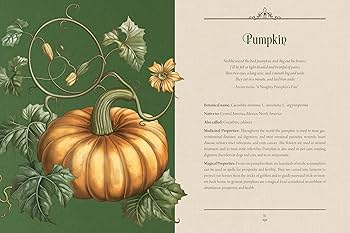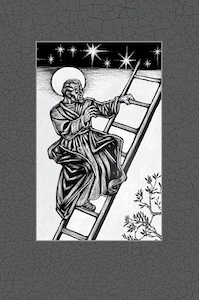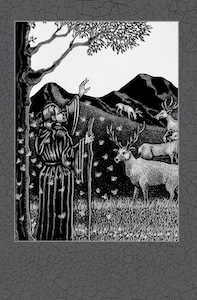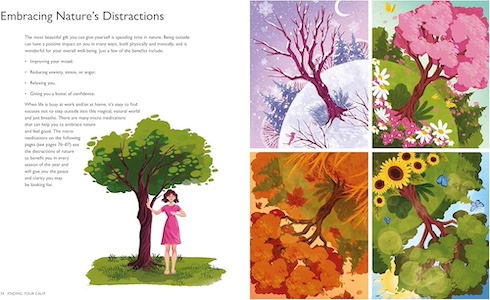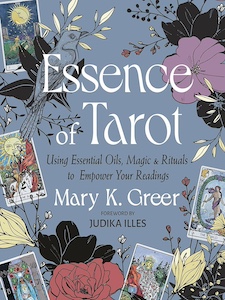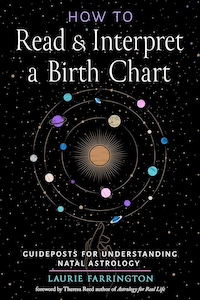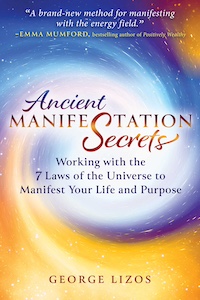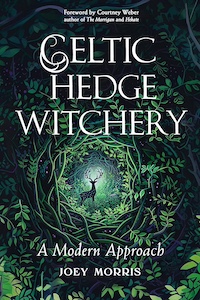
Celtic Hedge Witchery―A Modern Approach, by Joey Morris
Weiser Books, 1578638674, 224 pages, March 2025
Celtic Hedge Witchery by Joey Morris is a compelling exploration of hedge witchcraft through the lens of Celtic tradition. Whether or not readers have a European background, Morris invites all to explore this type of witchcraft, noting “The path of the modern witch is personal and diverse, for there are many ways to walk the crooked path…”1 Her inclusive introduction made me excited to dive in even though I had limited prior knowledge and no ancestral connection; the reassurance that the pull to learn more was all that’s needed gave me the encourage to explore this pathway.
Within this book, Morris, who is known for her deep connection to nature and the spiritual realm, offers readers an insightful guide into a practice that is both enchantingly modern and rooted in historical tradition. She begins the book with a comprehensive explanation of her perspective of Celtic hedge witchery, taking the time to define Celtic, liminal space, sacred, intuition, and the soul within the context of the book and the wisdom she’s imparting. She also covers the Hermetic Principles that inform Celtic traditions, which I previously did not know were incorporated into this path.
Another aspect of Celtic hedge witchcraft that Morris takes the time to explain for readers is the spiritual ecosystem. She personally defines this as “energetic roots or threads that glow with a kind of spirit version of bioluminescence, viewable only with our “other eyes” (or our psychic senses) in the meditative process of journey work.”2 I just love this vivid imagery that Morris paints with her words!
In discussion of this spiritual ecosystem, Morris discusses the symbolism of hedgerows in both a physical and spiritual dimension. This was the first time I ever really understood the origins of the “hedge witch”, a term that is often used while lacking a broader context of meaning. Not familiar with hedgerows, I started Googling them and reflecting on Morris’s description, which turned out to be quite meditative. Morris really explains for readers what it means to be a hedge witch and practice Celtic witchcraft, honing in on the deep connection to spirit, specifically the Celtic Otherworld.
This is where the book really begins to delve into Celtic mythology. Drawing on the stories and symbols that have been passed down through the centuries, Morris provides a rich tapestry of concepts that are integral to the Celtic hedge witchcraft tradition. Topics covered are the cosmology of the three Celtic realms, three cauldrons (energy points), sacred groves, relationship of hedge witches to the Morrigan, and the myriad of spirits hedge witches work with with a focus on tree, plant and animal spirits.
A real treat in this book is the time Morris devotes to Ogham, the Druid tree alphabet. She writes:
“Each Ogham creates a magical and spiritual nexus with the tree to which it belongs; the inscribing and meditative exploration of its runic form is akin to activating an ethereal relationship with the essence of the All tree. The constant association of the energy of each tree with the Ogham symbol that belongs to it over centuries of magical practice creates a bond between them. They create energetic links to our subconscious, much akin to the brain firing neurons and creating new pathways, so that we instinctively tap into an energy source that is both independent of human creation and formulated by it at the same time.”3
Morris shares the meaning of each Ogham for hedge witches, as well as giving an overview of the trees represented in the Ogham. For each tree, she gives insight into their spiritual attributes and significance and shares a rite appropriate for each one. In true inclusivity, Morris also dedicates time to teaching readers about non-Ogham trees and plants too that are significant in Celtic hedge witchcraft, offering a wide range of spirit connections to explore. There’s also a wonderful pathworking included for connecting to the All tree to attune oneself before delving into the specific trees or plants.
I discovered a real focus on connection in Celtic hedge witchery, as Morris encourages readers to build their own networks and to engage with the spiritual energies around them. For those who feel ready and or called, she shares how to work with human spirits, specifically ancestors for shadow healing. There’s also sections on working with animal spirits and guidance on shapeshifting for travel between realms. I appreciated the level of detail Morris provides to ensure readers feel prepared and are protected when doing this type of journey work.
As someone who considers themselves an eclectic witch, I gained so much magical insight from Morris. The thing I loved most about this book was how it inspired a deep reverence and reconnection to nature for me. I’ve been really focused on honing my magic through technology, as I am building a business website and expanding my marketing. However, this book absolutely recentered me back into the core of my beliefs centered on connection to the spiritual world and nature. In many ways, it restored my spiritual alignment, prompting me to spend more time outside and re-engage with my senses, attuning to the wide web of energy surrounding me. This is one quote that really stood out for me:
“As witches, we have to do away with separating the world of magic into black and white, which only reinforces the shadow within humanity that seeks to be dominant over others. If we are here to do the work that our soul calls us to do, we cannot hope to practice magic that gives breath to that work without the balance of all things, considering the heart and mind of both ourselves and all spirits that exist outside of the self.”4
One of the most thrilling parts of this book for me personally was recurring insight Morris provides into the concept of Awen, which is akin to creative and divine power. In 2024, a seer told me that I needed to study the concept of Awen as part of my spiritual journey, but up until reading this book, I had struggled to truly find material that fully explained the concept. The way Morris brings to life Celtic concepts through storytelling and insight into the Celtic worldview overall, such as Awen, provides so much wisdom–it’s astounding what I’ve integrated from her writing! This book is extremely holistic, mirroring the interconnected central Celtic hedge witchery itself!
Overall, Celtic Hedge Witchery is a beautiful and insightful guide that successfully bridges the gap between historical tradition and modern practice of Celtic witchcraft. I highly recommend this book for those seeking integration with the natural world around them, both physically and spiritually. Likewise, readers with an interest in Celtic mythology, folklore, and magic will also enjoy the topics covered. Morris’s emphasis on balance is a wonderful reminder for all readers to find a path that is sustainable and incorporates the counsel of spirits and nonhuman allies, such as deities, plants, and animals. This is truly a beautiful, soulful read.
Even if Celtic witchcraft is not your main path, there’s so much to integrate from exploring it, as the information gathered provides a more well-rounded perspective of your own craft. Morris’s ability to weave together practical advice with rich storytelling opens readers to this path in a way that is genuine, informative, and welcoming.
Alanna Kali is an astrologer, numerologist, and pioneer spirit that loves to explore life through the lens of depth psychology. She has a passion for studying the humanities and social trends. Her academic work is centered upon reuniting body, mind, and spirit through eco-psychology. She loves reading, spending time in nature, and travel.
